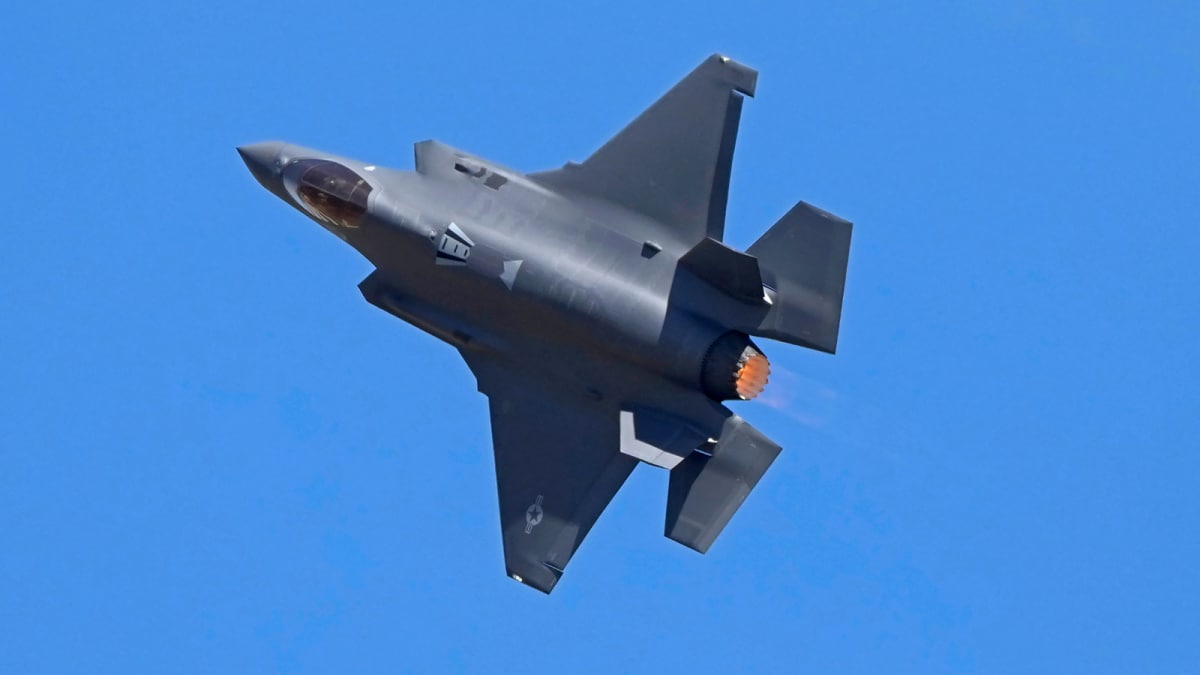ARTICLE AD BOX

US President Donald Trump announces a 25% tariff on Indian exports (Photo: NDTV Profit)
It took less than 48 hours for another U-turn from Donald Trump. After declaring there would be no extension to his Aug. 1 tariff deadlines, there has been a reversal. Beneficiary — Mexico! When it came to earnings this week, Wall Street saw big tech largely deliver good results. Meanwhile, Bridgewater Associates' founder, Ray Dalio, sold remainder of his stake in the hedge fund and left its board, ending a leadership transition started more than a decade ago. And oh, did you know that this year, the large language models from OpenAI and Google DeepMind won gold in the International Mathematical Olympiad, 18 years sooner than experts had predicted in 2021! Here are the key talking points this week.
Donald Trump announced significant tariff hikes effective August 1, 2025, targeting multiple countries, including India. Canada faces a 35% tariff on imports, up from 25%, due to alleged issues with fentanyl smuggling, trade barriers, and a digital services tax. This has prompted Canada to impose 25% counter-tariffs on $155 billion of U.S. goods, starting with $30 billion. Switzerland was hit hardest with a 39% tariff, impacting goods like aerial tramways and gondola cabins, which are not produced in the U.S. India faces a 25% tariff, with additional penalties for energy and arms purchases from Russia, though negotiations continue, with the latest being that the imposition of the 25% tariff will happen from August 7 versus August 1.
Other countries saw adjustments: Bangladesh's tariff dropped from 35% to 20%, Thailand and Cambodia's tariffs were set at 19%, and Brazil, the UK, and New Zealand at 10-15%. The U.S.-EU deal set a 15% tariff on most goods, and a 90-day tariff pause with China was extended. Exemptions remain for pharmaceuticals and semiconductors, but high tariffs on various other products remain.
Maybe Not Too Long Away, But Not This Time
In the face of relentless sharp threats and emphatic social media outbursts from President Donald Trump, Federal Reserve Chair Jerome Powell calmly reiterated that the current interest rate levels are well-suited to address the ongoing uncertainties tied to tariffs and inflationary pressures. On July 30, 2025, the Federal Reserve announced its decision to maintain steady rates, reflecting a deliberate approach to stabilising the economy amid turbulent trade policies. The stance follows Trump’s recent tariff actions, such as the imposition of a 25% tariff on Indian imports and the unexpected exemption of refined copper from a 50% levy, which have unsettled markets and fuelled volatility in sectors like commodities.
Powell’s composed response emphasises the Fed’s focus on long-term economic resilience, despite Trump’s vocal push for lower rates to boost growth. Sentiment on X suggests growing investor unease, with some users speculating that sustained trade disruptions could force the Fed to reconsider its position in future meetings, though no shift appears imminent.
Copper Highlights Fleeting Nature Of Trends In Trump Era
US copper futures experienced their sharpest decline since the contract's inception in 1988. This drop was triggered by President Donald Trump's policy actions. In February, Trump signalled impending tariffs, prompting a significant influx of copper into U.S. ports and fuelling a highly profitable trade. However, on Wednesday, the administration unexpectedly announced a tariff proclamation that exempted refined copper—the metal’s largest category—from a proposed 50% levy. This decision has likely reversed the earlier trade momentum, introducing significant uncertainty into the metals market.
Big tech results in the US, this week, have been a mixed bag. Microsoft and Meta beat earnings expectations, with Microsoft's revenue increasing 12% to $69.6 billion and Meta's earnings per share coming in at $6.76. However, Tesla missed earnings estimates, with its earnings per share at $0.73, falling short of the $0.77 forecast. Apple also reported strong results, with earnings per share of $1.57, up 12% year-over-year, and revenue of $94 billion, exceeding expectations. At the time of this going to print, we had already seen Amazon slide in afterhours trading on Wall Street on Thursday, July 31, despite a strong quarterly performance during the current quarter as its operating income guidance for the current quarter left investors disappointed.
The Consumer In India Is...
This week, several major consumer led companies in India, including Hindustan Unilever (HUL), Dabur, Nestle India, and Swiggy, announced their Q1 results, reflecting varied performances amid a complex economic landscape.
HUL reported a 5.6% uptick in net profit to Rs 2,756 crore, driven by a 5% underlying sales growth and 4% volume growth, with its stock rising nearly 4% post-results, signalling positive market sentiment. Dabur posted a modest 3% year-on-year net profit increase to 514 crore rupees, supported by growth in its quick commerce segment, which is expected to expand significantly. Nestle India, however, saw a 5% stock decline after reporting underwhelming results, with muted revenue growth of 4.5% to Rs 5,448 crore, impacted by high commodity costs and sluggish urban demand.
Speaking of quick commerce, Swiggy reported a widened net loss of Rs 1,197 crore, up from Rs 611 crore last year, despite a strong 54% year-on-year revenue increase to Rs 4,961 crore, driven by its quick commerce platform, Instamart, reflecting the competitive dynamics of the sector. These results highlight a mix of resilience and challenges in the FMCG and quick commerce sectors, with urban demand pressures and input cost inflation posing hurdles, while rural demand and premiumization offer growth opportunities.
As we wrap, here are two breakout moments. First, the crypto universe. PayPal's about to let businesses accept over 100 different cryptocurrencies at checkout. Merchants will be able to take crypto like Bitcoin, Ethereum, Tether's USDT, and Circle's USDC, from wallets like Coinbase, OKX, Phantom, MetaMask, and Exodus. The cool part? When a customer pays with crypto, the funds automatically get converted into regular money or PayPal's own PYUSD stablecoin and then get deposited straight into the merchant's account. Breakout moment? Maybe one more pearl in the string of pearls.
Second, way back in 1969, Phillips Petroleum was poised to abandon exploration of the Norwegian continental shelf when the company decided to drill one last oil well — and hit the jackpot. The discovery made Norway one of the world’s richest countries. Imagine the breakout moment back then. Have a breakout weekend everyone!



.png)
.png)
.png)
















 8 hours ago
5
8 hours ago
5









 English (US) ·
English (US) ·